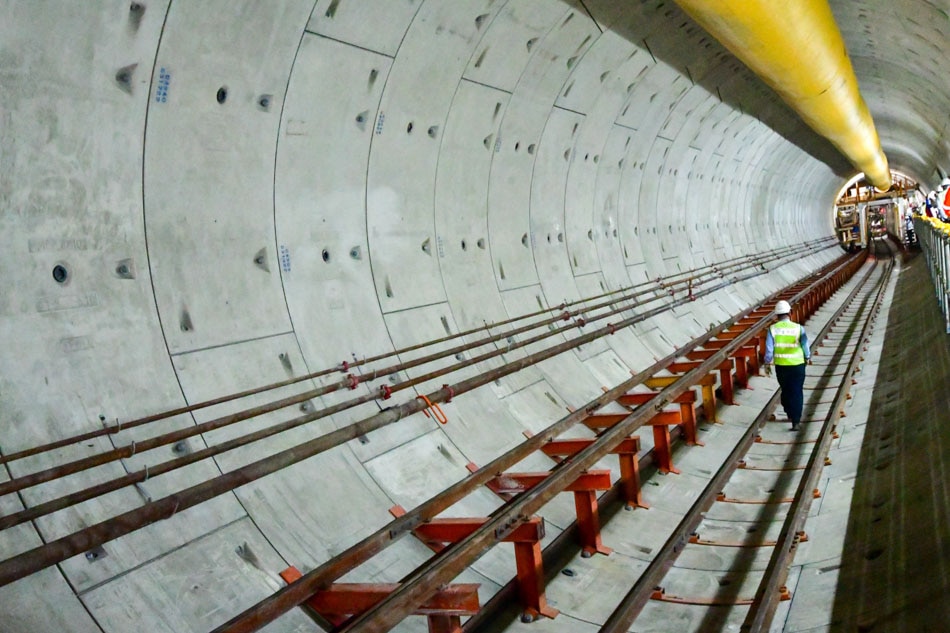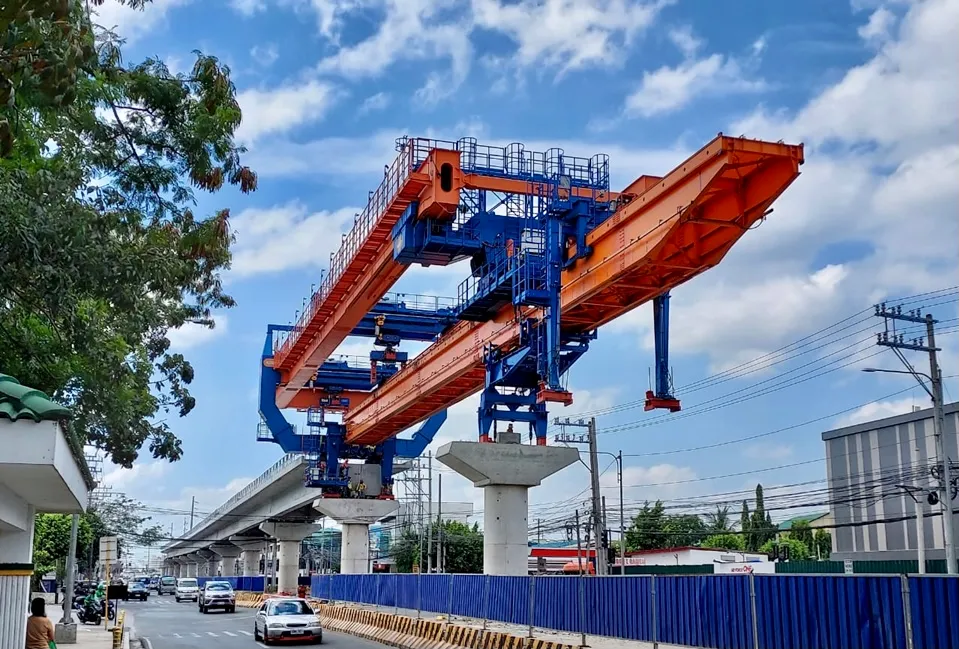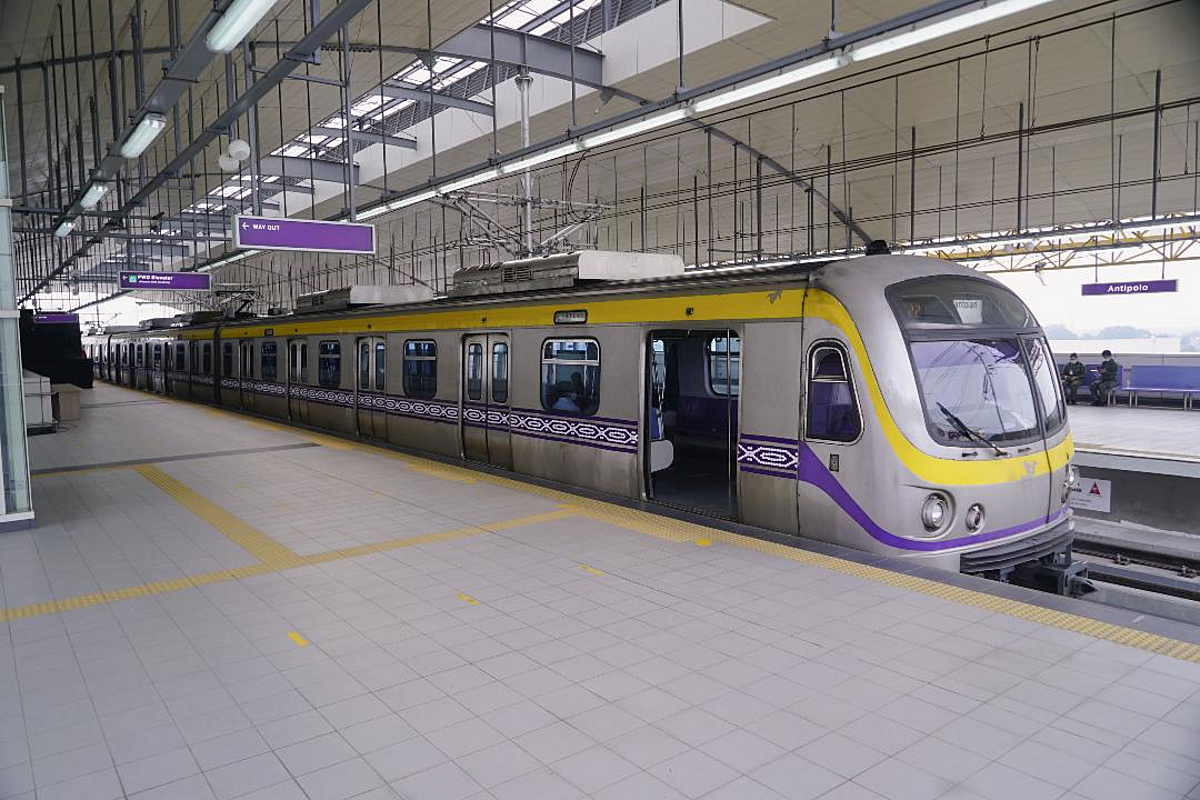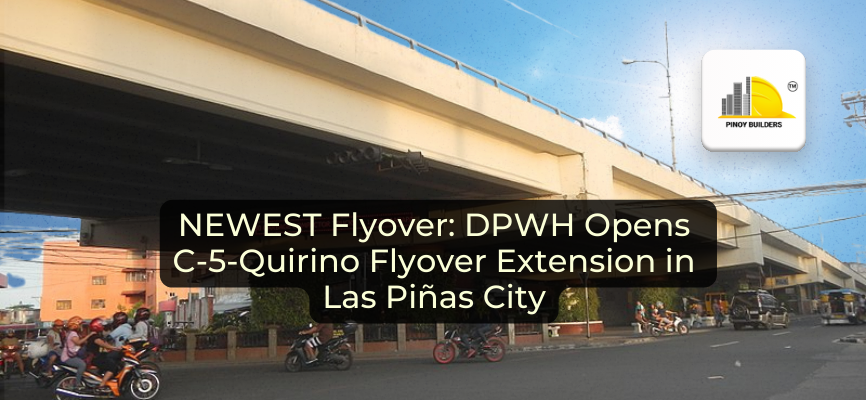A significant commitment to infrastructure development has marked Japan’s longstanding partnership with the Philippines. Since the 1950s, Japan has played a pivotal role in financing and constructing a wide range of infrastructure projects, from transportation networks to energy facilities, that have transformed the Philippine landscape and contributed to its economic growth. This collaboration has been driven by shared interests in promoting sustainable development, enhancing connectivity, and improving the lives of Filipinos. Japan’s Official Development Assistance (ODA) has been instrumental in supporting numerous infrastructure initiatives, fostering innovation, and strengthening the Philippine economy.
In this article, we’ll be examining some of Japan’s current projects in the Philippines that are currently underway:
What is ODA?
Japan’s Official Development Assistance (ODA) to the Philippines is a crucial initiative aimed at assisting the country in developing a quality infrastructure that aligns with sustainable development goals and enhances the quality of life for its citizens.
The Partnership for Quality Infrastructure was first introduced in May 2015 by Prime Minister Shinzo Abe. This initiative fosters collaboration between Japan and various countries and organizations to promote quality infrastructure investment across Asia.
Japan’s ODA partnership with the Philippines dates back to 1954, when the country joined the Colombo Plan. Since then, Japan has consistently provided support for infrastructure development in the Philippines. In 2014, Japan’s ODA to the Philippines marked its 60th anniversary. One of the most notable projects undertaken under Japan’s ODA is the Philippines-Japan Friendship Highway (Pan-Philippine Highway). This extensive highway system serves as the country’s primary transportation backbone, connecting the islands of Luzon, Samar, Leyte, and Mindanao.
Ongoing Infrastructure Projects Funded by Japan in the Philippines
Japan has played a significant role in the Philippines’ infrastructure development, providing financial assistance and expertise for numerous projects. Here are five ongoing infrastructure projects funded by Japan in the Philippines:
North-South Commuter Railway (NSCR)

The North-South Commuter Railway (NSCR) is a 147-kilometer railway project that will connect Metro Manila to poblaciones (municipality centers) in Bulacan, Pampanga, and Tarlac. The project is expected to be completed in 2028.
Metro Manila Subway Project (MMSP)

The Metro Manila Subway Project is a high-capacity mass transit system that aims to ease traffic congestion in Metro Manila, the Philippines’ capital region. The project is divided into three phases, with Phase 1 expected to be operational in 2025.
LRT-1 Cavite Extension

The LRT-1 Cavite Extension is a 11.7-kilometer extension of the LRT-1 light rail system, which will connect Baclaran, Parañaque to Bacoor, Cavite. The project is expected to be completed in 2024.
LRT-2 East Extension

The LRT-2 East Extension is a 10.8-kilometer extension of the LRT-2 light rail system, which will connect Santo Niño, Marikina to Masinag, Masinag, Rizal. The project is expected to be completed in 2025.
MRT-3 Rehabilitation

The MRT-3 rehabilitation project aims to upgrade and modernize the MRT-3 line, which is one of the busiest mass transit lines in Metro Manila. The project is expected to be completed in 2025.
Additional Ongoing Infrastructure Projects
In addition to the five projects listed above, Japan is also funding several other infrastructure projects in the Philippines, including:
- Davao City Bypass Construction Project: A 45.3-kilometer road project that will provide an alternative route to the existing Davao City Bypass Road.
- Central Luzon Link Expressway Project: A 30.2-kilometer toll expressway that will connect Metro Manila to Central Luzon, a major economic region in the Philippines.
- Arterial Road Bypass Project: A 19.4-kilometer road project that will provide an alternative route to the existing Marcos Highway in Marikina and Quezon City.
- Metro Manila Priority Bridges Seismic Improvement Project: A project to enhance the seismic resilience of two critical bridges in Metro Manila: the Lambingan Bridge and the Guadalupe Bridge.
These projects are all part of Japan’s ongoing commitment to supporting infrastructure development in the Philippines. Japan’s assistance has been instrumental in helping the Philippines to modernize its infrastructure and improve the lives of its citizens.
A Partnership for the Future
Japan’s infrastructure investments have not only transformed the physical landscape of the Philippines, but have also fostered a deep and enduring partnership between the two nations. This collaboration is built on a shared vision of progress, prosperity, and sustainable development.
As the Philippines continues to grow and develop, Japan remains a steadfast partner, committed to providing support for infrastructure projects that will further enhance the country’s competitiveness, improve the lives of its citizens, and contribute to a more sustainable future.









